Overview of the Tarot Deck
Reading tarot takes time and patience. The Spelled Out Tarot Deck features keywords and phrases that make learning and reading tarot intuitive for the beginner. While the tarot decks we sell do make the process easier to delve into, it will still take a bit of practice to hone your skills and intuition. Here are some tips for the first-time tarot reader to consider:
The Structure of the Tarot Deck
A traditional tarot deck consists of 78 cards made up of 22 major arcana and 56 minor arcana. The minor arcana cards are further divided into 4 suits of cards: pentacles, wands, swords, and cups.
Major Arcana
These 22 cards are considered to be powerful pillars in a reading. These cards represent what the universe will bring; They are unalterable events or may reveal one’s destiny.
Minor Arcana
The 56 minor arcana tend to represent events or changes on a humanistic level. These cards can show possible outcomes, goals, or blockades. Each suit of the minor arcana also focuses on an aspect of the human experience:
- Pentacles - career, wealth, materialism
- Wands - spirituality or inspiration
- Swords - physical action, power, forces
- Cups - Intuition, feelings, emotions
The Face of the Cards
Looking at the basic layout of each card you will see an upright and reverse reading. When laying down the cards be sure to flip them over in a consistent manner. If you are reading for someone else, chose which side beforehand will be upright in your layout. Reverse cards tend to, but not always, carry more negative outcomes than the upright meanings.
Reading the Card
The Spelled Out Tarot Deck makes reading tarot a much smoother process. Rather than flipping through a tiny pamphlet, you can see what each individual card generally means at first glance. The keyword there though is general. Reading tarot is the art of delving into a question, oneself, or even possible futures. Take time to feel the card. Does anything in the imagery jump out at you or represent anything in your life? Is it upright or reverse? Where in the tarot spread did it fall? Appreciate the card and the insight the images can bring before moving on. Now that you have given your intuition a moment to act, read the phrase and keywords on the card. Again, let your intuition guide you as you interpret the meaning of the card. Once you feel you have a grasp of what the card may mean take another moment to clear your head and move on to drawing the next card in the tarot spread.
Practice Familiarizing Yourself
While the decks we sell do make it easier to start reading tarot, it is still an art that takes time to learn. Not only are you learning the cards and a new skill, but you are also honing your intuition. Allow yourself to grow from each reading by trying different tarot card spreads, reading your friend’s tarots, and most importantly remembering to enjoy the process of learning to read tarot.
